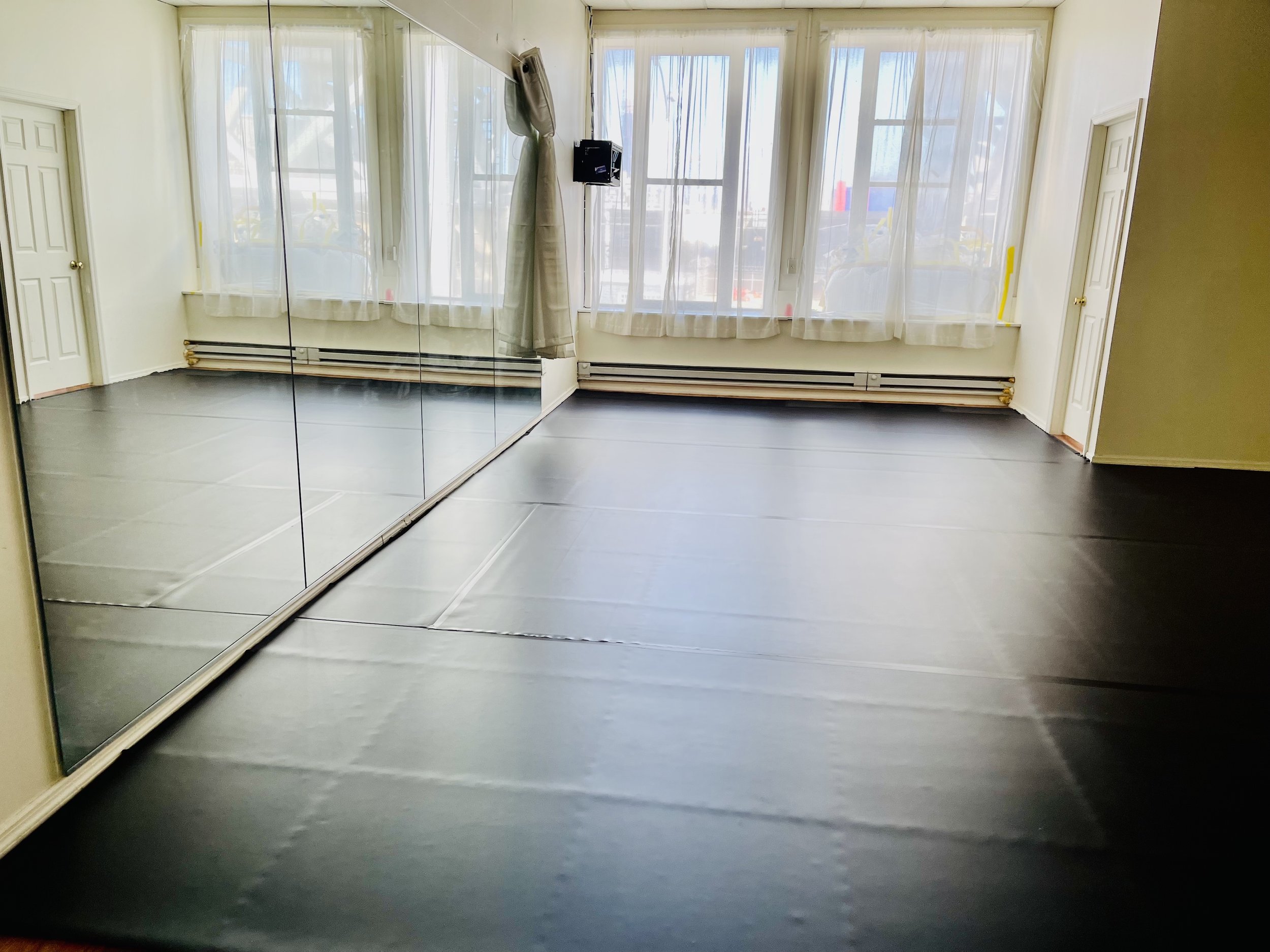
The primary hues are crimson, blue, and golden. These hues cannot be created by blending different hues combined. Secondary colors, such as emerald, tangerine, and violet, are formed by combining main colors. Tertiary colors are formed by mixing a primary color with a secondary color. Understanding these fundamental connections helps creators select hues that enhance one another and create a visually pleasing show. Combining these colors on an LED dance floor can lead to dynamic and exciting outcomes that attract the focus of participants.
Color temperature also plays a crucial role in aesthetics. Hues can be classified as hot or cool. Hot colors, such as red, orange, and golden, often to elicit feelings of excitement and heat. In contrast, cool colors like azure, emerald, and violet typically create a calm and soothing environment. Creators can utilize these color values to set the mood for different types of occasions. For example, a celebration environment may benefit from warm hues that energize the crowd, while a more calm occasion might employ cool colors to provide wikipedia reference a soothing influence.
In furthermore to hue combinations and temperature, luminosity and intensity are vital elements to consider. Luminosity denotes to how bright or dim a hue looks, while saturation measures the vividness of a hue. Bright, saturated hues can generate a vibrant and lively environment, perfect for dancing surfaces. On the other hand, softer, less intense colors can create a further muted environment. By manipulating luminosity and intensity, creators can attract attention to particular areas of the dancing surface or establish visual pathways, guiding dancers through the space.
Finally, it is crucial to consider the emotional impacts of color in light-emitting diode dance surface designs. Various hues can evoke different emotions and reactions. For example, crimson is often linked with passion and energy, while blue can be calming and peaceful. Grasping these connections allows creators to strategically use hues to influence the behavior of helpful site participants. By incorporating color theory into LED dancing surface designs, designers can enhance the total experience, making it unforgettable and pleasurable for everyone involved.